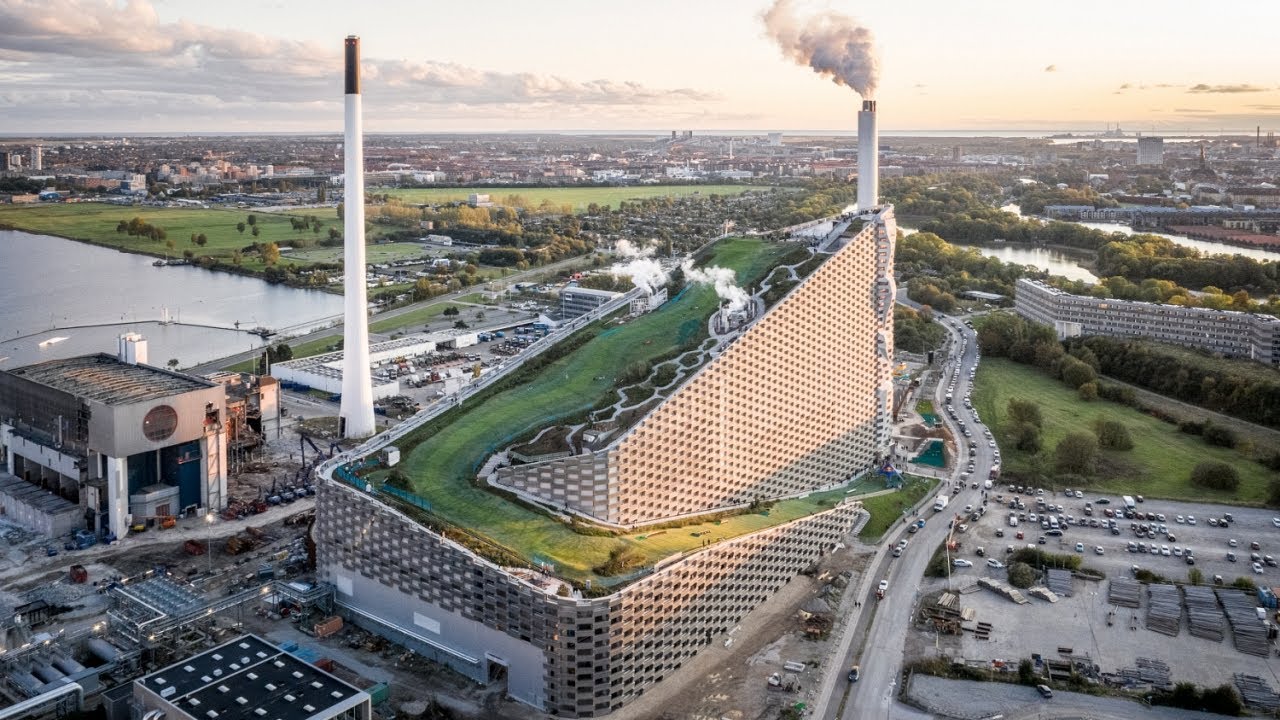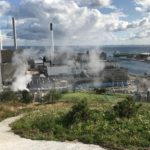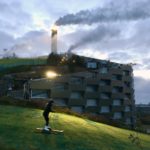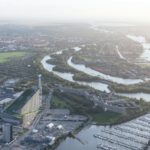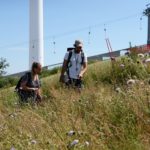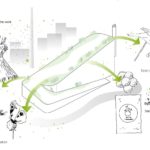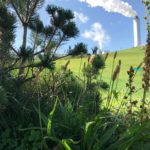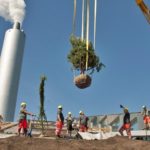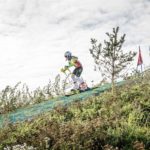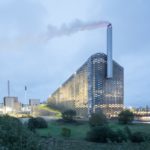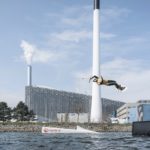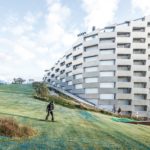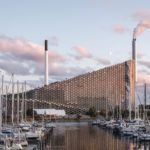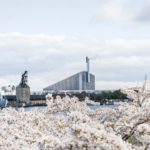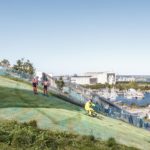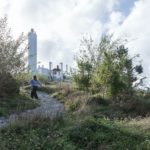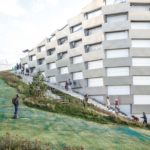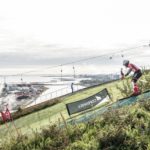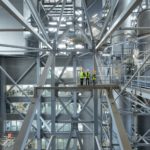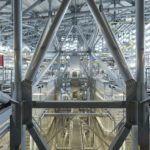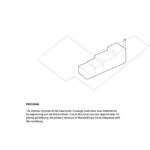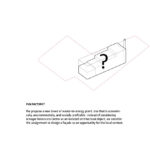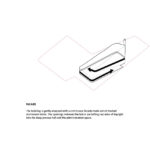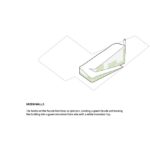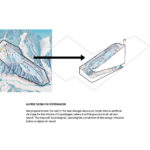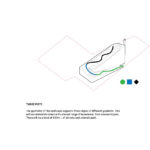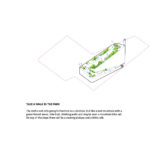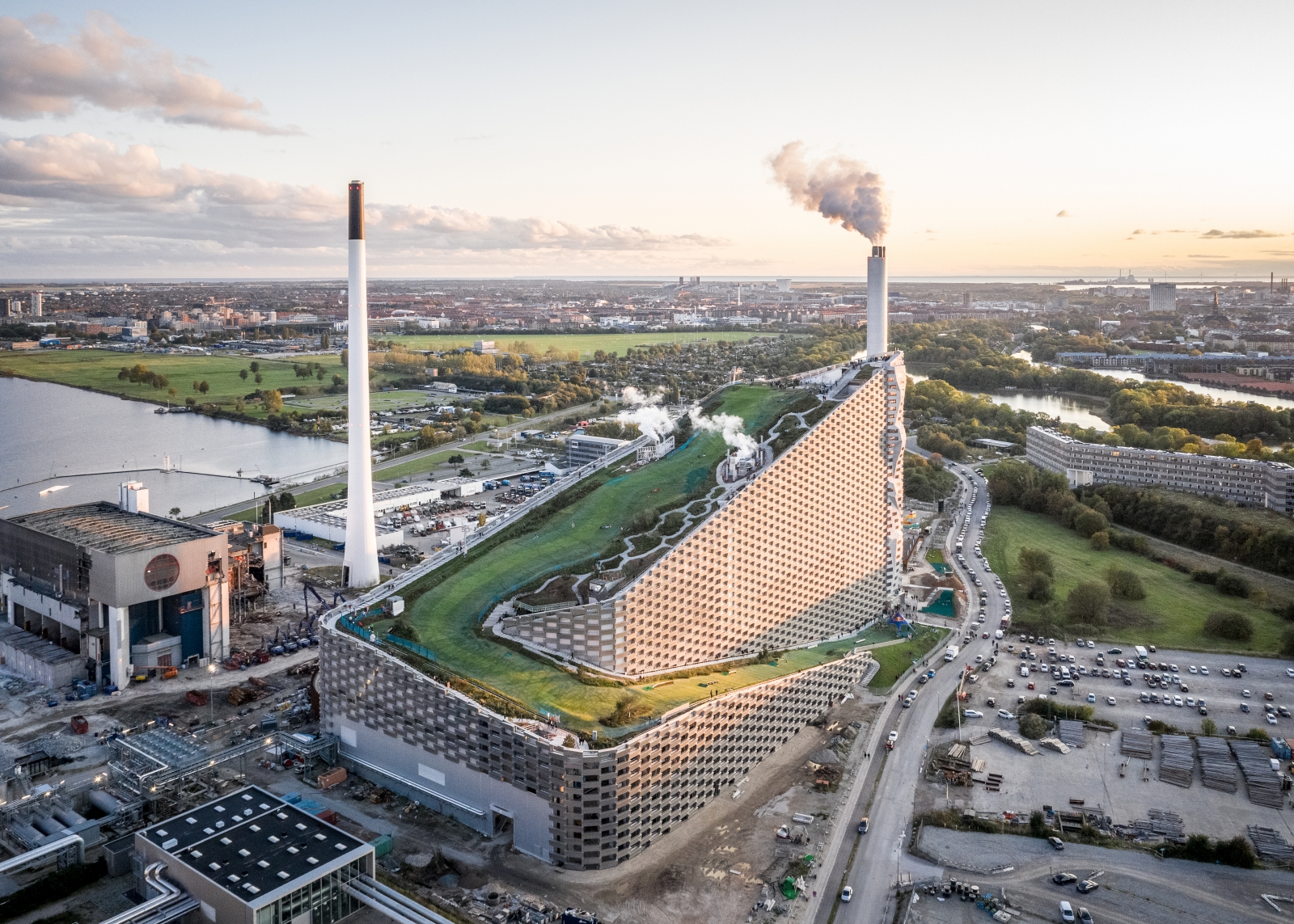
Additional Resources
Visit the CopenHill website; see more photos at their Facebook page.
For more information, contact Bjarke Ingels Group at: info@big.dk and Rasmus Grandelag, Studio Manager, SLA Copenhagen at +45 27154428 and rag@sla.dk.
Case Studies
Bjarke Ingels Group (BIG); SLA; Wikipedia.
Video
Watch the January 8, 2022 3:58 CopenHill, Denmark – Featured Project video from Greenroofs.com on the greenroofsTV channel on YouTube; March 21, 2016 Amager Bakke 3 years of construction, timelapse by ARC on Vimeo.
News
January 8, 2022 Featured Project: CopenHill, Denmark by Linda Velazquez in Greenroofs.com; December 4, 2021 BIG’s Copenhill Is World Building of the Year by John Hill in World-Architects; August 24, 2021 BIG’s Copenhill ski slope in need of repairs two years after opening by Shane Reiner-Roth in The Architect’s Paper; March 21, 2021 Hedonism and Ski Slopes Are a Danish Architect’s Climate Fix by Morten Buttler in Bloomberg; October 23, 2019 The Slopes Are Green at Copenhagen’s First Ski Hill. Really. (Subscription) in The New York Times; October 4, 2019 CopenHill: The world’s most consequential artificial ski slope is officially open by Anne Quito in Quartz; 2019 The winner of The Scandinavian Green Roof Award 2019 is Fonden Amager Bakke and Amager Resource Center for their project Copenhill rooftop park in Copenhagen, Denmark. by the Scandinavian Green Infrastructure Association; February 13, 2019 How to make a waste incinerator popular? Put a ski slope on it by Richard Orange in The Guardian; February 12, 2018 BIG’s Bjarke Ingels on His Singular Vision for CopenHill—the Power Plant–Ski Slope by Brooke Porter Katz in Architectural Digest.
CopenHill from the Architects, BIG:
CopenHill, also known as Amager Bakke, opens as a new breed of waste-to-energy plant topped with a ski slope, hiking trail and climbing wall, embodying the notion of hedonistic sustainability while aligning with Copenhagen’s goal of becoming the world’s first carbon-neutral city by 2025. CopenHill is a 41,000m2 waste-to-energy plant with an urban recreation center and environmental education hub, turning social infrastructure into an architectural landmark.
CopenHill is conceived as a public infrastructure with intended social side-effects from day one. Replacing the adjacent 50-year old waste-to-energy plant with Amager Resource Center (ARC), CopenHill’s new waste incinerating facilities integrate the latest technologies in waste treatment and energy production. Due to its location on the industrial waterfront of Amager, where raw industrial facilities have become the site for extreme sports from wakeboarding to go-kart racing, the new power plant adds skiing, hiking and rock climbing to thrill seekers’ wish lists.
The internal volumes of the power plant are determined by the precise positioning and organization of its machinery in height order, creating an efficient, sloping rooftop fit for a 9,000m2 ski terrain. At the top, experts can glide down the artificial ski slope with the same length as an Olympic half-pipe, test the freestyle park or try the timed slalom course, while beginners and kids practice on the lower slopes. Skiers ascend the park from the platter lift, carpet lifts or glass elevator for a glimpse inside the 24-hour operations of a waste incinerator.
Recreation buffs and visitors reaching the summit of CopenHill will feel the novelty of a mountain in an otherwise-flat country. Non-skiers can enjoy the rooftop bar, cross-fit area, climbing wall or highest viewing plateau in the city before descending the 490m tree-lined hiking and running trail within a lush, mountainous terrain designed by Danish Landscape Architects SLA.
Meanwhile, the 10,000m2 green roof addresses the challenging micro-climate of an 85m high park, rewilding a biodiverse landscape while absorbing heat, removing air particulates and minimizing stormwater runoff.
Beneath the slopes, whirring furnaces, steam, and turbines convert 440,000 tons of waste annually into enough clean energy to deliver electricity and district heating for 150,000 homes. The necessities of the power plant to complete this task, from ventilation shafts to air-intakes, help create the varied topography of a mountain; a man-made landscape created in the encounter between the needs from below and the desires from above.
Ten floors of administrative space are occupied by the ARC team, including a 600m2 education center for academic tours, workshops and sustainability conferences.
Rather than consider ARC as an isolated architectural object, the building envelope is conceived as an opportunity for the local context while forming a destination and a reflection on the progressive vision of the company. CopenHill’s continuous façade comprises 1.2m tall and 3.3m wide aluminum bricks stacked like gigantic bricks overlapping with each other.
In-between, glazed windows allow daylight to reach deep inside the facility, while larger openings on the southwest façade illuminate workstations on the administrative floors. On the longest vertical façade, an 85m climbing wall is installed to be the tallest artificial climbing wall in the world for new world records to be broken with views inside the factory. At the bottom of the ski slope, a 600m2 après-ski bar welcomes locals and visitors to wind down once the boots are off.
Formerly a piece of infrastructure in an industrial zone, CopenHill becomes the new destination for families, friends and celebration, one that is economically, environmentally and socially profitable.
CopenHill from Landscape Architects SLA
Amager Bakke Rooftop Park 2016-2019: Turning technical infrastructure into a social, sustainable and biodiverse asset for the entire City of Copenhagen.
SLA’s design of the green rooftop park for Copenhagen’s new waste-to-energy plant combines hiking trails, playgrounds, vantage points, climbing walls and street fitness – along with a 500+ meter ski slope. All of it designed within a wild and sensuous mountain nature with plants, rockscapes, 7,000 bushes and 300 trees.
Amager Bakke acts as a generous ‘green bomb’ that will radically green-up the adjacent industrial area. Copenhill Rooftop Park becomes the home for birds, bees, butterflies and flowers, creating a vibrant green pocket and forming a completely new urban ecosystem for the city of Copenhagen.” ~ Rasmus Astrup, Partner & Design Principal, SLA
Employing green roof components from Zinco, the build-up of the particular roof soil varies from 100mm to 1200 mm. The lowest depths contain sparse vegetation and highest around trees. CopenHill used two mixed prefab vegetated mats for the ground cover, each holding ten different species.
The slope varies as high as up to 45% on small areas towards the top of CopenHill, and a special mix of concrete containing less liquid was used here.
SLA says the steep pitched roof placed high demands on the plant and landscape design. Using nature-based designs, the plantings were specially chosen to meet the challenging living conditions and create optimal micro-climate and wind conditions. Mainly Salix, Crataegus, Hippophae rhamnoides, Prunus and Sorbus were planted for the bushes/scrubs. The main species for trees are Pinus and Willow, with some Oak mixed in. Other plants include climbers and grasses.
The result is a lush, biodiverse, and robust nature design that provides visitors with the opportunity to use the park all year round within a varied environment for all the activities of the park.
SLA’s biologists have monitored the biodiversity of CopenHill since its inauguration in 2019. At the latest investigation in 2020, 119 different plant and tree species were observed, which was 56 more species than the year before.
Areas of Ski Base Wearing Out
The popularity of the CopenHill Urban Mountain has been so great in the two years since opening that the recreational center atop the energy plant is already replacing parts of the ski base. The CopenHill website says that the steep part of the ski slope’s surface has been wearing out faster than expected and parts of the surface have been replaced. The plan is for replacements to be done in small areas at a time after opening hours, without the need for closure.
CopenHill 2021 World Building of the Year
At the CopenHill’s summit, visitors enjoy vistas of a wide span of central Copenhagen and from the other side Sweden is visible across the straits. CopenHill states, “We want to be the landmark of Copenhagen, and the summit for everyone around us.”
The multi-award wining CopenHill was selected as the 2021 World Building of the Year at the World Architecture Festival (WAF) 2021. The jury included WAF’s Paul Finch, FRAC’s Abdelkader Damani, Mecanoo’s Nuno Gonçalves Fontarra, 3XN Architects’ Kim Herforth Nielsen, and Christina Seilern of Studio Seilern Architects.
What did the jury have to say about Copenhill, the fourteenth World Building of the Year winner? Speaking on their behalf in a statement, Finch praised the way the building “addresses the role of architecture in the new world of recycling and zero carbon. It treats infrastructure projects in a way which makes people say ‘Yes in my back yard’ rather than ‘no.’ It encourages designers to think beyond the brief, to argue for ideas, and to ride the tides of politics and economics in the pursuit of the socially beneficial. And it reminds us that buildings can be fun!” ~ World-Architects
CopenHill Facts
Summit Height: 85 meters
Piste Length: 450 meters
Piste Width: 60 meters
Size of Ski Slope: 27,000 m2
Descent percentage: Up to 30 %
Climbing Wall: 85 meters
Hiking Trail: 500 meters
Garmin Run Track: 200 meters
Chimney Height: 123 meters
Emission: Steam from the incinerator
Incineration: 1000 tons of waste per day
Skiing Surface: Neveplast (green plastic)
No. of Lifts: 4 lifts – 3 magic carpet lifts and 1 drag lift
No. of Yearly Visitors: Expected to exceed 300,000 people
Audi Slalom Course: Located at the top part of the ski slope
Freestyle Park: Located at the bottom part of the ski slope
Kids Area: Located at the bottom part of the ski slope
Urban Fitness: Located at the summit
Restaurant/Café: Located at the summit
Ski Center: Located at the bottom of the ski slope
Afterski: Located in the ski center
Ski Rental/Shop: Located in the ski center
Additional Awards:
2020 Popular Science Best of What’s New Award, 2020 ICONIC Innovative Architecture Best of the Best Award, 2020 German Design Council Innovative Architecture Best of the Best Award, 2020 Architizer A+ Awards Factories & Warehouses Popular Winner, 2020 Design Educates Award, 2020 ArchDaily Building of the Year Award, 2019 Scandinavian Green Roof Award, 2015 P/A Progressive Architecture Awards Citation, 2012 AR MIPIM Future Projects Awards Special Award
Complete BIG Project Team
Partners-in-Charge: Bjarke Ingels, David Zahle, Jakob Lange, Brian Yang
Project Leaders: Jesper Boye Andersen, Claus Hermansen, Nanna Gyldholm Møller
Team: Alberto Cumerlato, Aleksander Wadas, Alexander Codda, Alexander Ejsing, Alexandra Gustafsson, Alina Tamosiunaite, Armor Gutierrez, Anders Hjortnæs, Andreas Klok Pedersen, Annette Jensen, Ariel Wallner, Ask Andersen, Balaj IIulian, Blake Smith, Borko Nikolic, Brygida Zawadzka, Buster Christensen, Chris Falla, Chris Zhongtian Yuan, Daniel Selensky, Dennis Rasmussen, Espen Vik, Finn Nørkjær, Franck Fdida, Gonzalo Castro, Gül Ertekin, George Abraham, Helen Chen, Henrick Poulsen, Henrik Rømer Kania, Horia Spirescu, Jakob Ohm Laursen, Jean Strandholt, Jelena Vucic, Jeppe Ecklon, Ji-young Yoon, Jing Xu, Joanna Jakubowska, Johanna Nenander, Kamilla Heskje, Katarzyna Siedlecka, Krzysztof Marciszewski, Laura Wätte, Liang Wang, Lise Jessen, Long Zuo, Maciej Zawadzki, Mads Enggaard Stidsen, Marcelina Kolasinska, Marcos Bano, Maren Allen, Mathias Bank, Matti Nørgaard, Michael Andersen, Narisara Ladawal Schröder, Niklas A. Rasch, Nynne Madsen, Øssur Nolsø, Pero Vukovic, Richard Howis, Ryohei Koike, Se Hyeon Kim, Simon Masson, Sunming Lee, Toni Mateu, Xing Xiong, Zoltan David Kalaszi, Tore Banke, Yehezkiel Wiliardy
 Greenroofs.comConnecting the Planet + Living Architecture
Greenroofs.comConnecting the Planet + Living Architecture
